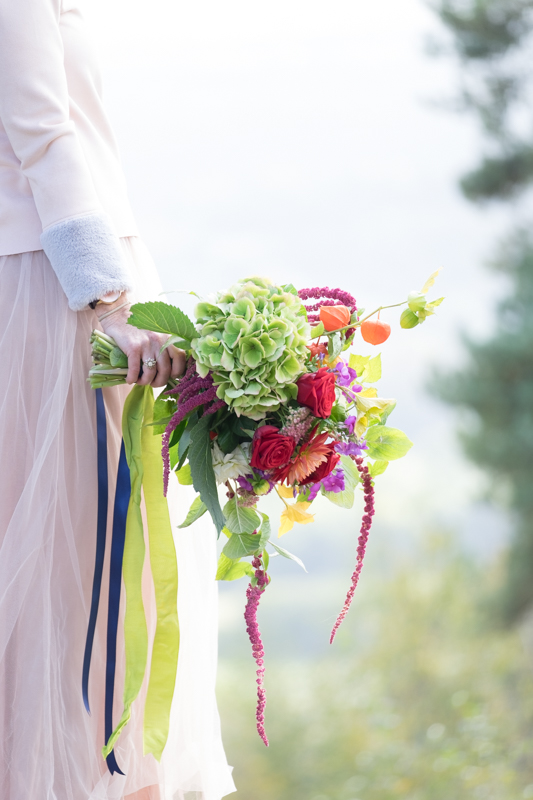Emergency settings for beginner photographers
Are you scared to change anything on your camera in case you can't get it back to how it was? Are you worried you'll miss the shot? Fear not. I have some emergency settings you can use.
Factory reset
This is the ultimate emergency cord. Invoke this and your camera will be put back to how it was when you first unpacked it. Somewhere deep in your camera's menus there will be an option to reset. You don't need to find your manual, just Google, "how to factory reset XXXX" and put in the make and model of your camera. For example, Googling "how to factory reset Canon 5D" takes me to this page, which sets out the 3 steps to take.
Camera won't take a photo
Sometimes the camera just won't fire the shutter. Try these troubleshooting steps before you send it back:
1. You are too close
If the camera cannot physically focus on the subject, it won't take the photo. Move a bit further back. Pro tip: look up the closest focussing distance of your lens online, and remember it.
2. The camera can't focus
If your subject doesn't have any strong contrast in it, or it's very dark, the camera won't be able to focus using auto focus, and it will just give up. You need to switch to manual focus, and focus by turning the lens barrel. (Look for an MF/AF switch on the lens. Unless you have a particular model of Nikon lens which doesn't have the MF/AF switch - you folks need to delve into the menus to find the manual focus option.)
3. Memory card is full
Somewhere an LCD will be flashing to tell you that you have no more space on your card. Download, backup and format your card to carry on. Or use your spare. Pro tip: never change a memory card with the camera switched on - it can corrupt the card.
Photos are too dark or too light
Are all your photos too dark or too light, or just the one you're taking now?
If it's all your photos, this is an easy fix: you've probably accidentally nudged your exposure compensation dial. Look it up in your manual and reset it to zero.
If it is just one or two photos, it will be a metering issue.
1. Check you haven't accidentally set your metering mode to spot metering (look it up in your manual). If you have, reset it to evaluative or matrix metering.
2. If spot metering wasn't the problem, what are you taking a photo of? If it is something very bright (snow) or very dark (a black cat), your camera will get it wrong. Because it doesn't know what you're taking a photo of it has to guess. This is the first thing we fix in my free beginner's photography course A Year With My Camera - sign up at the end. (It's too long to explain here, it does take an hour or so to learn it.)
Best settings to use
1. Fast moving subject
To stop something blurring across the image, you need a fast shutter speed. If you know what you're doing, use shutter priority mode and a shutter speed of eg. 1/250th. Let your ISO creep up as far as it needs to go.
If you don't know what you're doing, use the Sports mode on your top dial, if you have one. Don't forget to put it back again afterwards. (Sports mode forces a faster shutter speed for you.) (If you don't know what you're doing yet, but do want to learn, join my free online beginner's photography workshop - details at the end.)
2. Portrait
To make your portrait pop out from the background, you need a large aperture which gives a shallow depth of field. Use aperture priority mode and an aperture of eg. f4.
If you don't know what I'm talking about, use Portrait mode on your top dial, which will force a large aperture. Pro tip: it doesn't have to be an actual person you are taking a photo of - you can use Portrait mode to blur the background for anything:
3. Inside in the dark
If you're happy on manual mode, choose a shutter speed of 1/60th to stop camera shake, your largest aperture, and then as high an ISO as you need to get the shot. You'll get grainy photos, but at least you'll get the shot.
Your camera needs light to take photos. It can't work complete miracles. Sometimes it's just too dark to take a photo. For group shots in restaurants, use your phone - it's set up for exactly this.
4. Close up
Your camera cannot physically focus very close to a subject. You probably have a Macro mode (usually a flower icon) - engage it and you will be able to focus closer than normal. Pro tip: did you know that once you are shooting in macro mode, you can no longer focus on the horizon? You need to switch it off to go back to normal mode.
5. Sunset
The light levels are all over the place with a sunset. You've got a bright sun, dark sky, reflections, all sorts going on. The camera is good, but it's not that good. Sunset photos are often disappointing. If you have an HDR mode (High Dynamic Resolution), try using that - it gives your camera more information to create the image with. Don't forget to turn it off again.
To take a great sunset photo, you need to understand metering, and how the camera chooses it's exposure. You need to be shooting RAW and you need to edit. Sunsets are not for complete beginners, but if you sign up to my free beginner's workshop you won't be a complete beginner for long:
Join A Year With My Camera here. One email every Thursday, free for a year.






